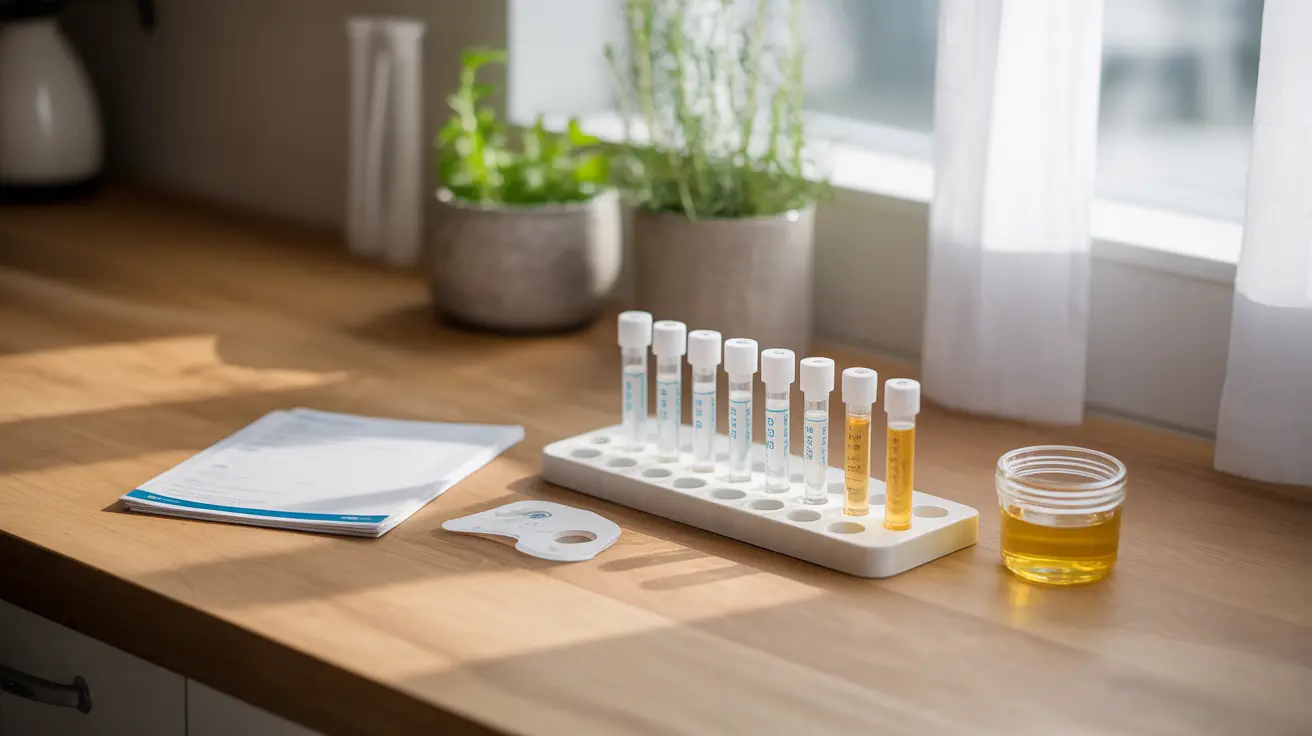For breastfeeding mothers experiencing discomfort, a simple solution might be found right in your refrigerator. Using cabbage leaves during breastfeeding has emerged as a popular natural remedy for various nursing-related challenges, from engorgement to weaning discomfort. This traditional approach has gained support from lactation consultants and healthcare providers for its effectiveness and accessibility.
Understanding how to properly use cabbage leaves while breastfeeding can make a significant difference in managing common breastfeeding difficulties. Let's explore the benefits, proper application methods, and important safety considerations of this natural remedy.
How Cabbage Leaves Help with Breastfeeding Discomfort
Cabbage leaves contain unique compounds that provide both anti-inflammatory and analgesic properties. When applied to engorged breasts, these natural compounds help reduce swelling, decrease tissue congestion, and provide cooling relief. The leaves conform perfectly to the breast shape, offering gentle compression that aids in reducing inflammation.
The Science Behind the Relief
The sulfur compounds in cabbage leaves, particularly when cold, help draw out excess fluid from swollen tissue. This natural decongestant effect can provide significant relief from engorgement and associated discomfort. Additionally, the cooling sensation helps reduce pain and inflammation naturally.
Proper Application Methods for Safe Relief
To safely use cabbage leaves while breastfeeding, follow these essential steps:
- Wash and dry fresh green cabbage leaves thoroughly
- Remove the thick center vein from each leaf
- Chill the leaves in the refrigerator (do not freeze)
- Gently crush the leaves to release active compounds
- Place the leaves directly against the skin, covering the entire breast except the nipple
- Replace leaves every 2-4 hours or when they become wilted
For engorgement relief without affecting milk supply, limit application to 20 minutes per session, up to 3 times per day. Longer applications may be appropriate when trying to reduce milk supply during weaning.
When to Use Cabbage Leaves During Breastfeeding
For Engorgement
Use cabbage leaves temporarily when experiencing severe engorgement, typically in the early days of breastfeeding or when missing regular feeding sessions. Brief applications help reduce swelling while maintaining milk supply.
During Weaning
During the weaning process, more frequent or longer applications can help manage discomfort while naturally supporting milk supply reduction. This can make the transition more comfortable for both mother and baby.
Safety Considerations and Precautions
While generally safe, there are important considerations when using cabbage leaves during breastfeeding:
- Avoid use if allergic to cabbage or similar vegetables
- Don't apply to cracked or broken skin
- Stop use if any skin irritation develops
- Limit application time when maintaining milk supply is important
- Consult a healthcare provider before use if experiencing mastitis symptoms
Frequently Asked Questions
How do cabbage leaves help relieve breast engorgement and pain during breastfeeding? Cabbage leaves contain natural compounds that reduce inflammation and swelling. When applied to engorged breasts, they provide cooling relief, help draw out excess fluid, and offer gentle compression that eases discomfort.
What is the proper way to use cabbage leaves safely while breastfeeding to avoid reducing milk supply? Apply clean, chilled cabbage leaves to the breasts for no more than 20 minutes, up to 3 times daily. Remove the center vein, cover the breast area except for the nipple, and replace leaves when wilted. Limit use when maintaining milk supply is important.
Can cabbage leaves be used to treat mastitis, and when should I see a doctor instead? While cabbage leaves may provide comfort, they should not be used as a primary treatment for mastitis. See a doctor immediately if you experience fever, severe pain, redness, or flu-like symptoms, as mastitis requires medical attention and possibly antibiotics.
Are there any risks or side effects of applying cabbage leaves to the breasts while breastfeeding? Potential risks include skin irritation, allergic reactions, and unwanted decrease in milk supply if used too frequently. Stop use if you experience any adverse reactions or skin sensitivity.
How can cabbage leaves assist with breastfeeding weaning and managing discomfort during the process? During weaning, cabbage leaves can be applied more frequently or for longer periods to help reduce milk supply naturally while providing comfort. This can help manage engorgement and discomfort associated with the weaning process.




